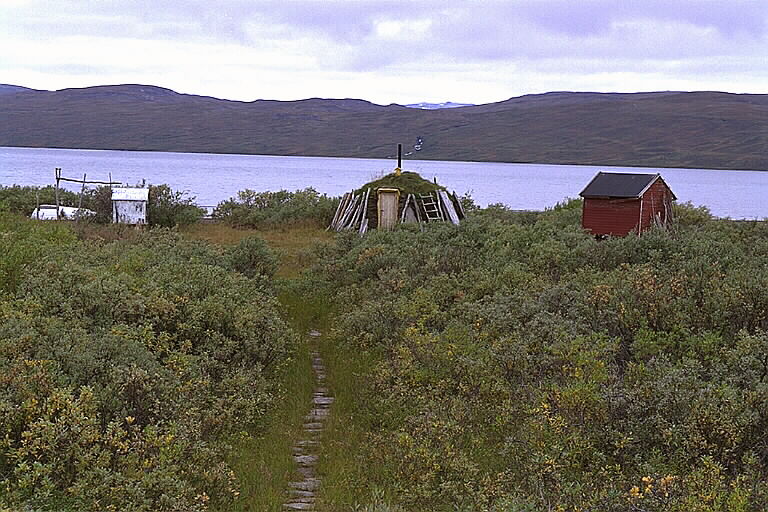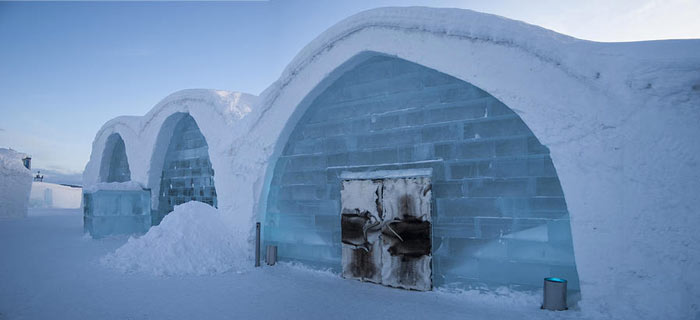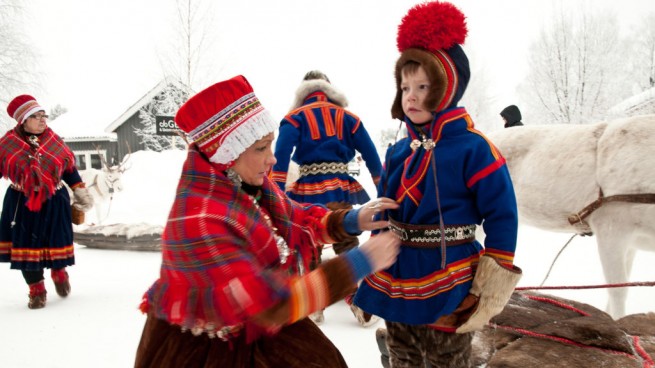The indigenous Sami of northern Scandinavia, a hardy semi-nomadic people, can trace their roots back thousands of years. Learn more about life in Lappland
The Sami call themselves “the people of the eight seasons”. They are indigenous people who live in Sweden, Norway and Finland’s most northerly provinces, and can trace their heritage back more than 8,000 years.
Related: In Search of the Sami in Scandinavia
They have their own language, religious traditions and customs. While the life of the Sami has changed in modern times (snowmobiles have become ubiquitous in the last decade), the annual cycle of the reindeer – rutting, herding, separating, slaughtering, calving, marking – continues to shape the Lappland calendar.

The winter round-ups are among Europe’s most colorful events, resembling scenes from a Wild West film transposed to an Arctic setting. Visitors can enjoy this ancient culture at festivals and ceremonial occasions held throughout the year, where one can sample reindeer delicacies and marvel Sami handicrafts.

A vivid way to experience the Sami lifestyle and landscape is in spring and summer, when the mountain blossom with heather, globe flowers, cloudberries and countless other species, inviting the visitor to take to the trails and woods of the many national parks in the Sami regions of Scandinavia.

Padjelante (“the higher mountain” in Sami) is the biggest national park in Sweden. It is one of Sweden’s most beautiful areas, with rolling plains, gently rounded mountain massifs, huge lakes such as Vastenjaure and Virihaure, and small streams, which the Lapps call jokk. It has always been an important pasture for their reindeer herds.

For golf enthusiasts, nothing can quite top the thrill of golfing under the Midnight Sun in the glorious days of summer, where (depending on latitude and cloud cover) the sun is visible for up to 70 summer days.

Anglers will find true paradise in the primeval wilderness of the north, laces by swift rivers and streams and punctuated by lakes and pools.

To enjoy the wintry wilderness in an entirely different way, try dog-sledging, which is offered by many firms in northern Scandinavia. Drive the dog-sledge yourself or sit back in the vast silence of the mountains and be driven by a team of huskies. Your guide will tell you how to take care of a sledge dog and share bits of trivia, like the fact that in the Inuit language there are 18 different words for snow.
Related: The Arctic Part of Sweden
Northern Lights in Arctic Norway
Dog-sledging, common in Greenland, is now well established in Sweden and Norway and is growing in popularity. The Sami winter vistas can also be enjoyed on reindeer sleigh rides and snowshoe treks.

Ice climbing is popular, too. Fishing through the ice is common on most lakes and rivers.
To soak up the hard life of the Sami fully, the visitor can stay in the world’s largest igloo, the Jukkasjärvi Ice Hotel in Sweden. Each autumn, as the Arctic temperature plummets, Lapplanders rebuild this celebrated igloo, from thousands of tons of snow and ice.

Inside it houses a church, hotel, gallery, golf room, cinema and bar, named appropriately Absolute Ice. Guests sleep in warm sleeping bags on mattresses of spruce bough and reindeer skins. Temperature average -4 ͦC (25 ͦF).

The hearty fare served from the kitchen and the activities waiting outdoors don’t leave guests much time to feel cold. Next morning the hotel will issue a certificate of survival. It’s not quite the same as herding reindeer, but it brings you one step closer to understanding how climate, custom and sheer human persistence have made the Sami what they are today.
Life in Lappland, written by Tor Kjolberg
Feature image (on top): Sami folk costume from Jokkmokk, Arctic Sweden. Photo: Visit Sweden.


